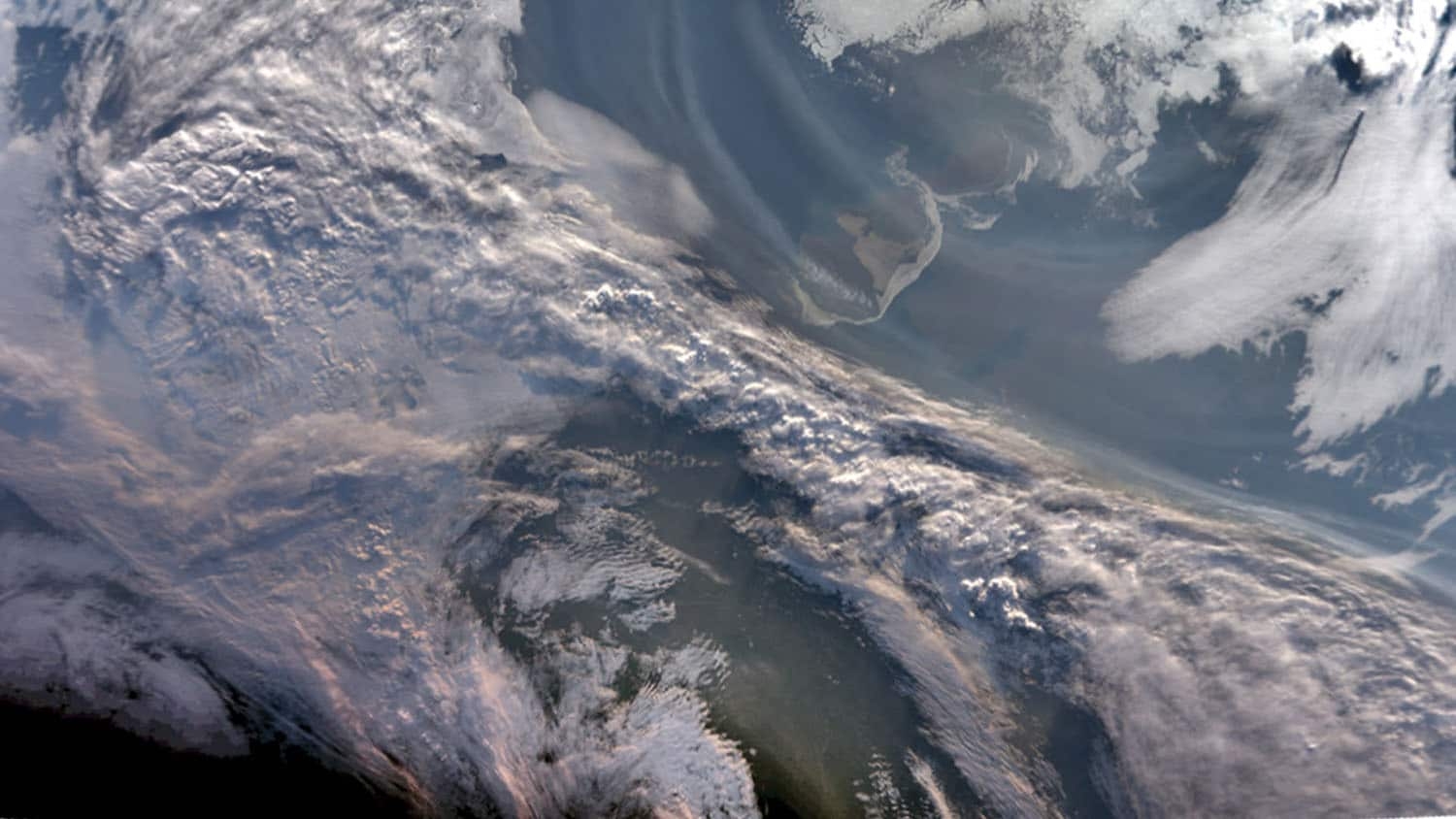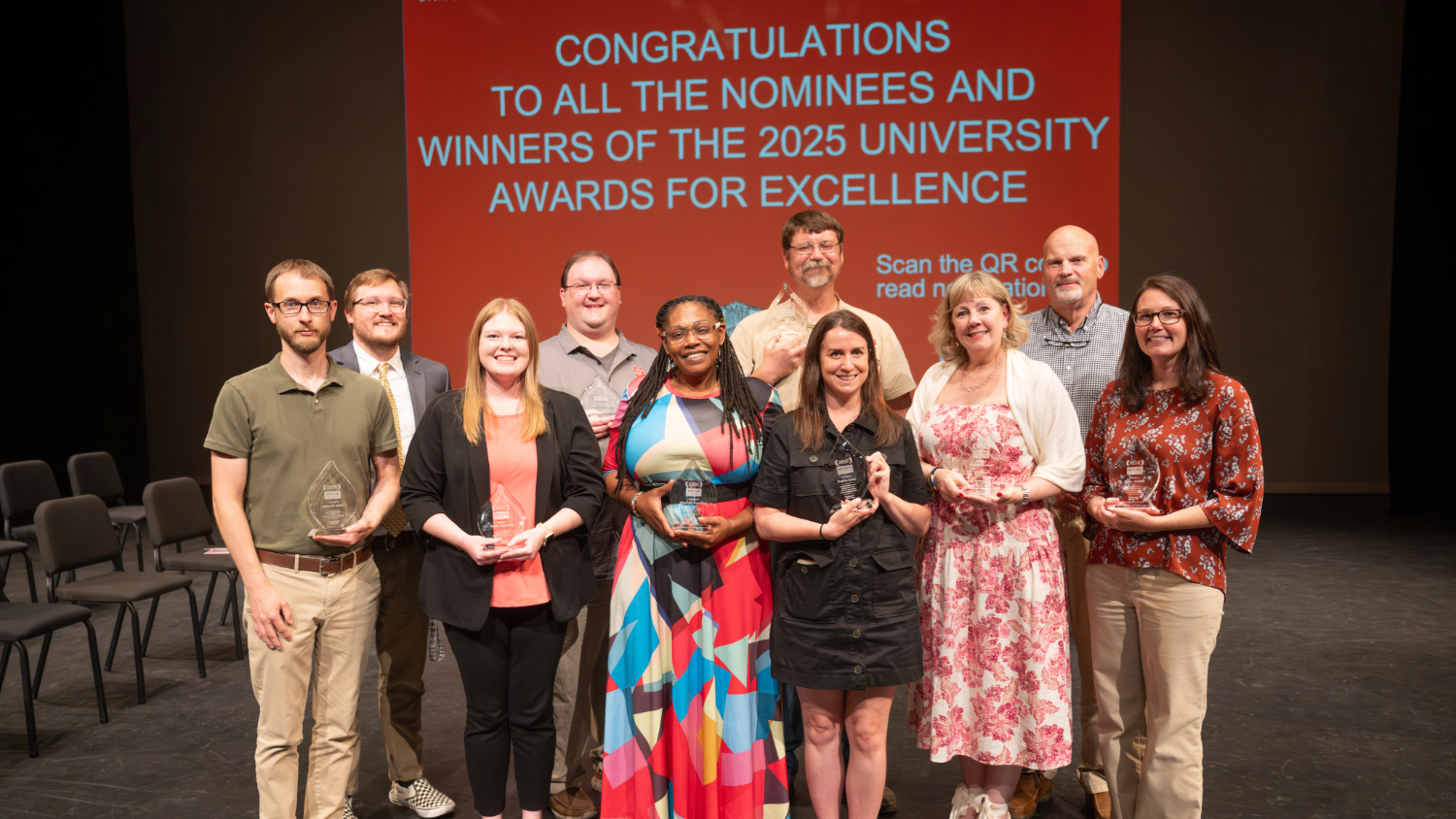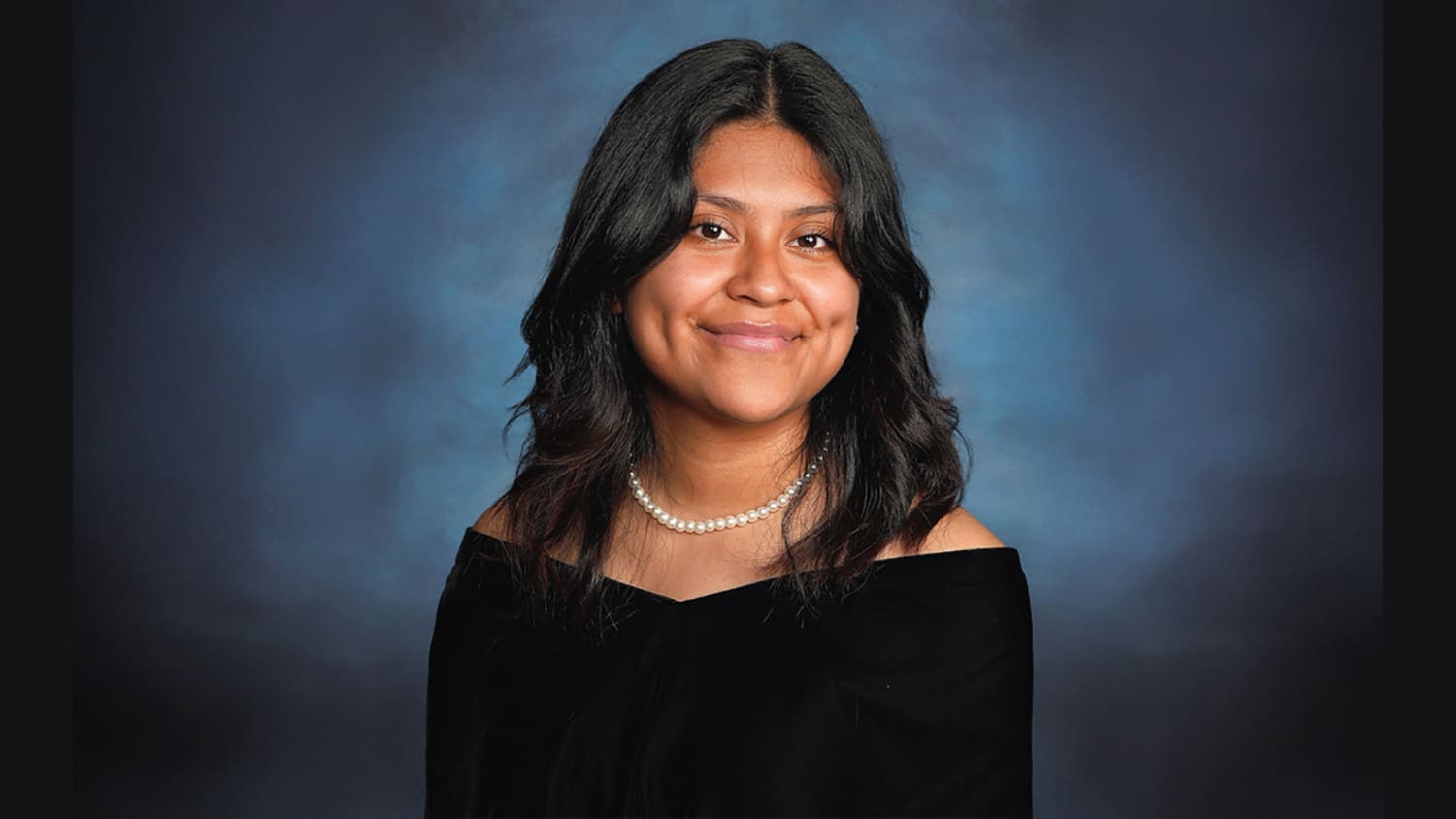Thousands to compete at April 26 Science Olympiad at NC State
Media Contact
Kim Gervase
919-418-2885
kdgervas@ncsu.edu
Approximately 2,000 middle-and high-school students will launch homemade bottle rockets, operate self-made vehicles, and send elastic gliders soaring skyward at the NC Science Olympiad State Tournament at North Carolina State University on April 26.
Teams of students will compete against their peers from across North Carolina in 46 science-related events covering everything from forensics and simple machines to geology and genetics (see partial list below). Media coverage is invited.
“Science Olympiad inspires and prepares students for futures in science and technology like no other experience can,” said Dr. Jason Painter, director of the Science House at NC State, which operates the event.
The two overall top-performing middle schools and high schools will move on to the National Science Olympiad Competition at the University of Central Florida May 16-17.
The Science Olympiad program seeks to build interest in science, technology, engineering and mathematics (STEM) among K-12 students to feed the STEM pipeline to North Carolina colleges and industries. Each spring, the group hosts tournaments across the state, with the top-placing middle- and high-school teams advancing to the state competition. NC State awards a $2,500 scholarship to each first-place student winner in each of the state events.
More than 13,000 students across North Carolina are expected participate in NC Science Olympiad competitions this year.
The NC Science Olympiad dates to 1974 when a group at St. Andrew’s University (then St. Andrews Presbyterian College) in Laurinburg invited area high school math and science students to compete is a wide variety of events. The idea was then adopted by a group in Michigan that turned it in to a national organization now represented in 48 states. To learn more, visit www.sciencenc.com.
April 26 Science Olympiad events at NC State
Reynolds Coliseum (map)
Boomilever — Students demonstrate cranes built from balsa wood that can hold up more than 30 pounds. 8 a.m. – 4:30 p.m.
Elastic Launched Gliders — 8 a.m. – 4:30 p.m.
Mission Possible — Students operate self-built Rube Goldberg devices that transfer energy to complete a set of tasks. 8 a.m. – Noon
Wheeled Vehicle – Vehicles built by middle school students travel a distance set at the event. 8 a.m. – Noon
Scrambler Car – Cars built by high school students come as close as possible to a wall without cracking the egg on the front bumper. 1 p.m. – 4:30 p.m.
Miller Fields (map)
Bottle Rocket Launches – 8 a.m. – 4 p.m.


